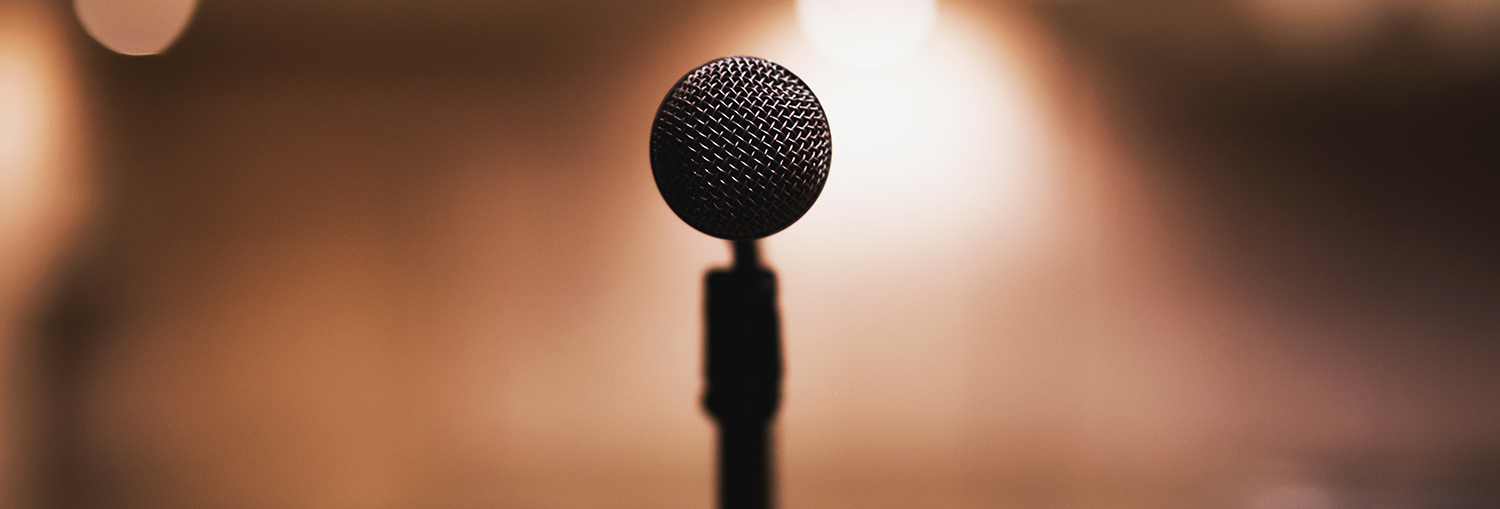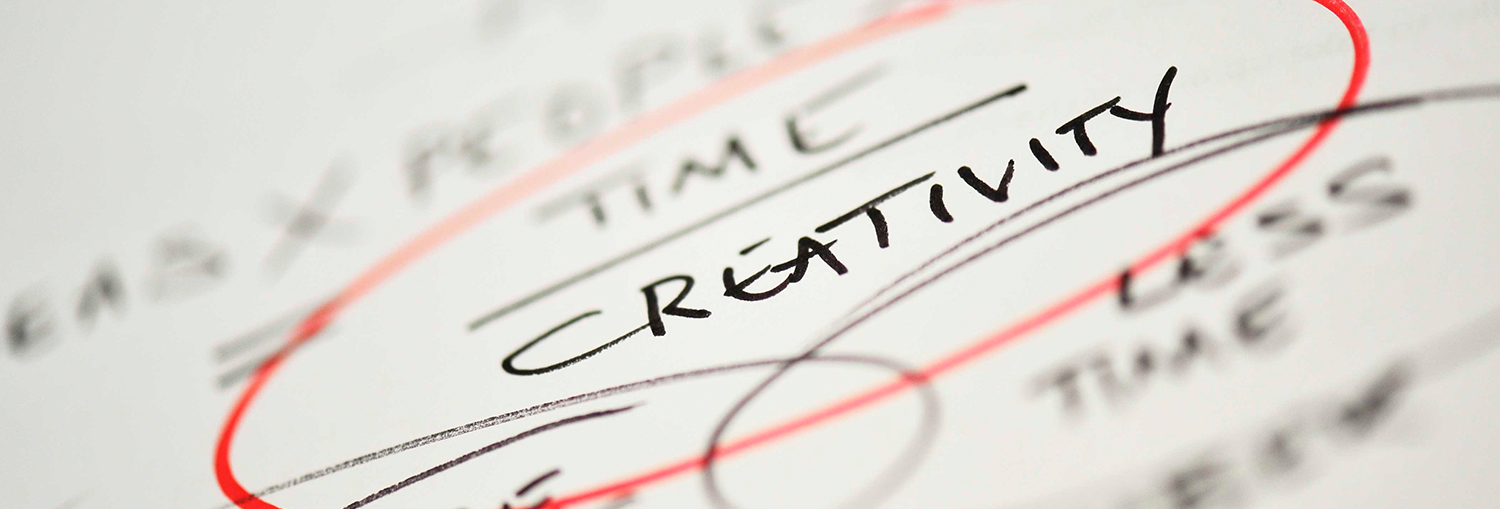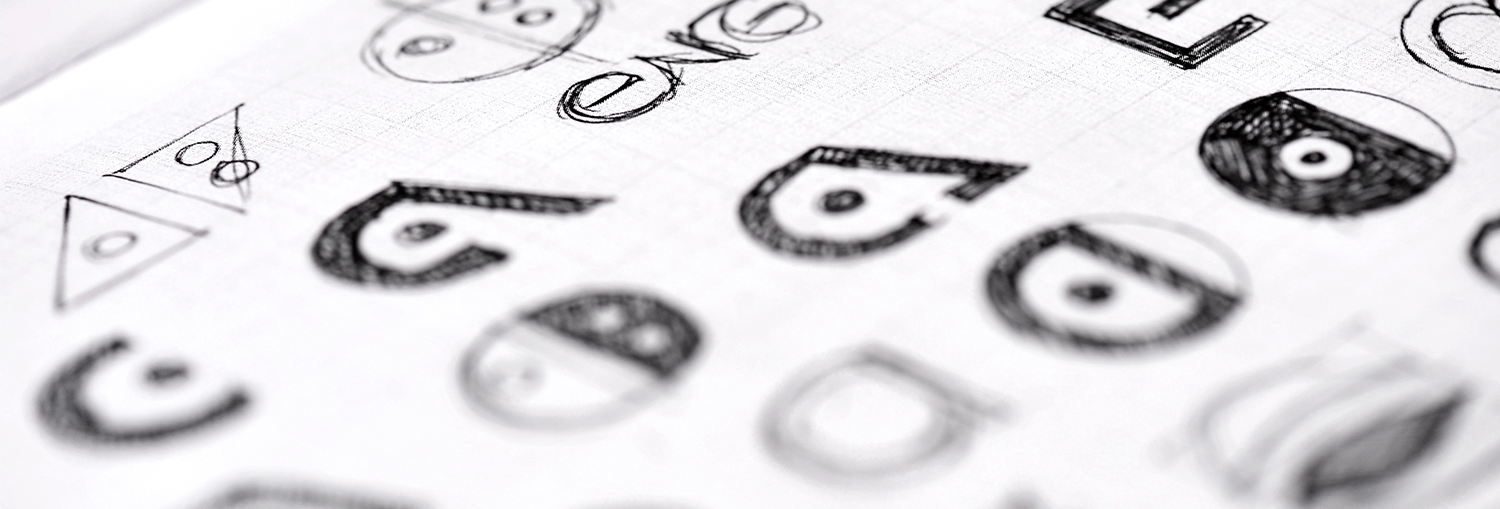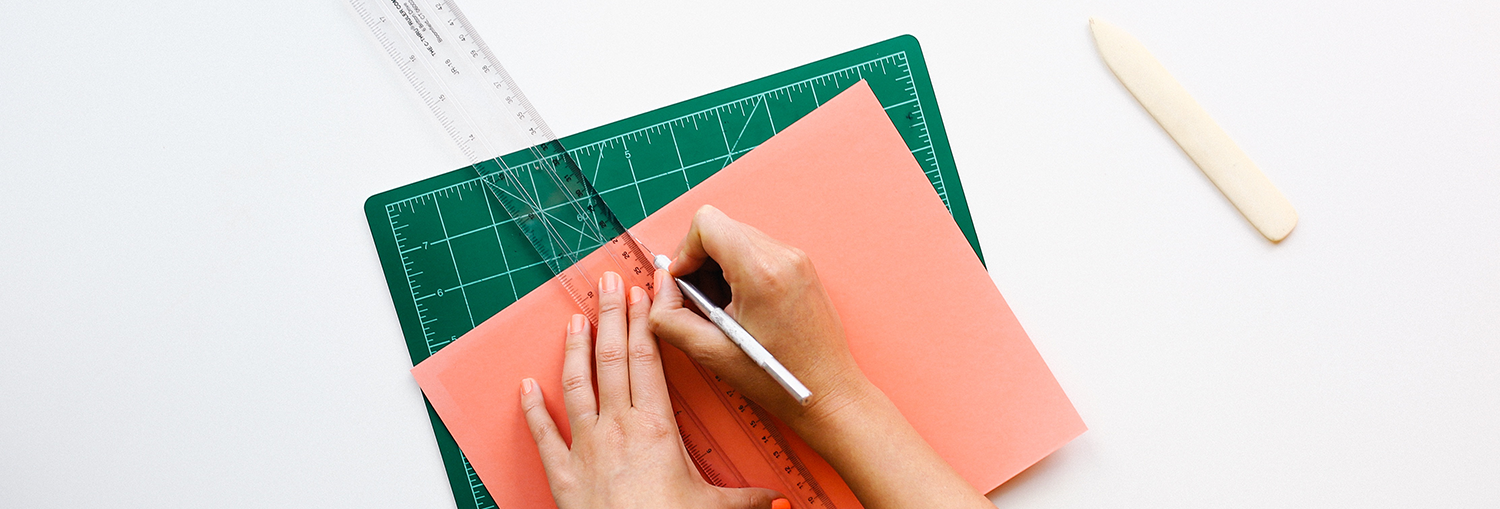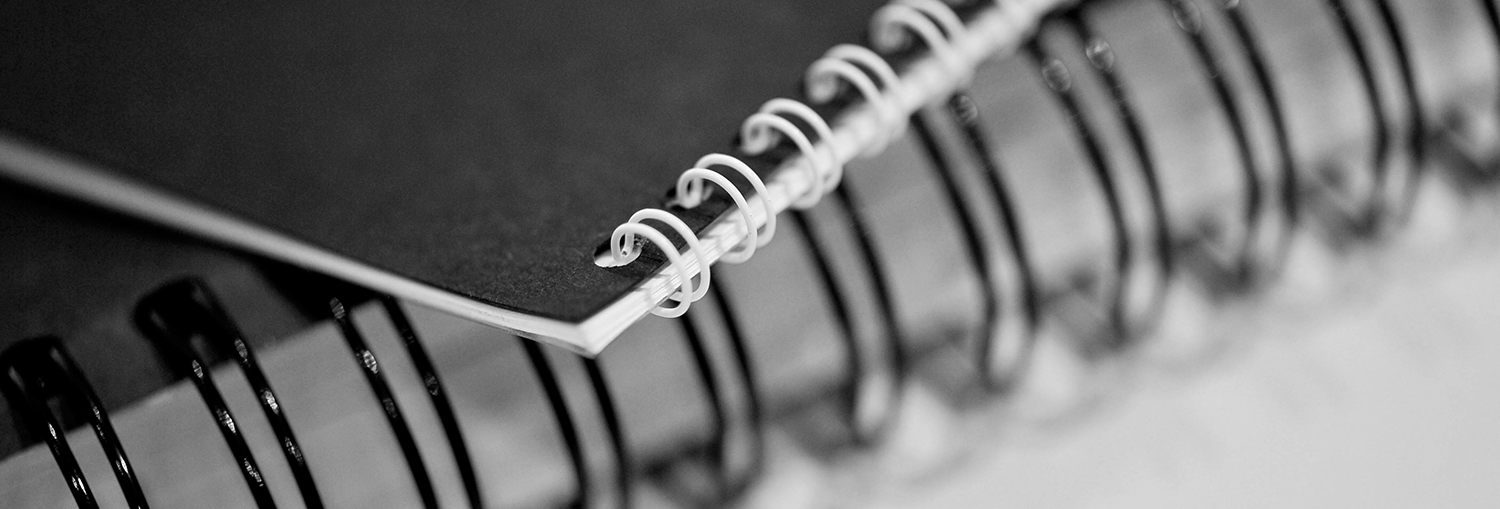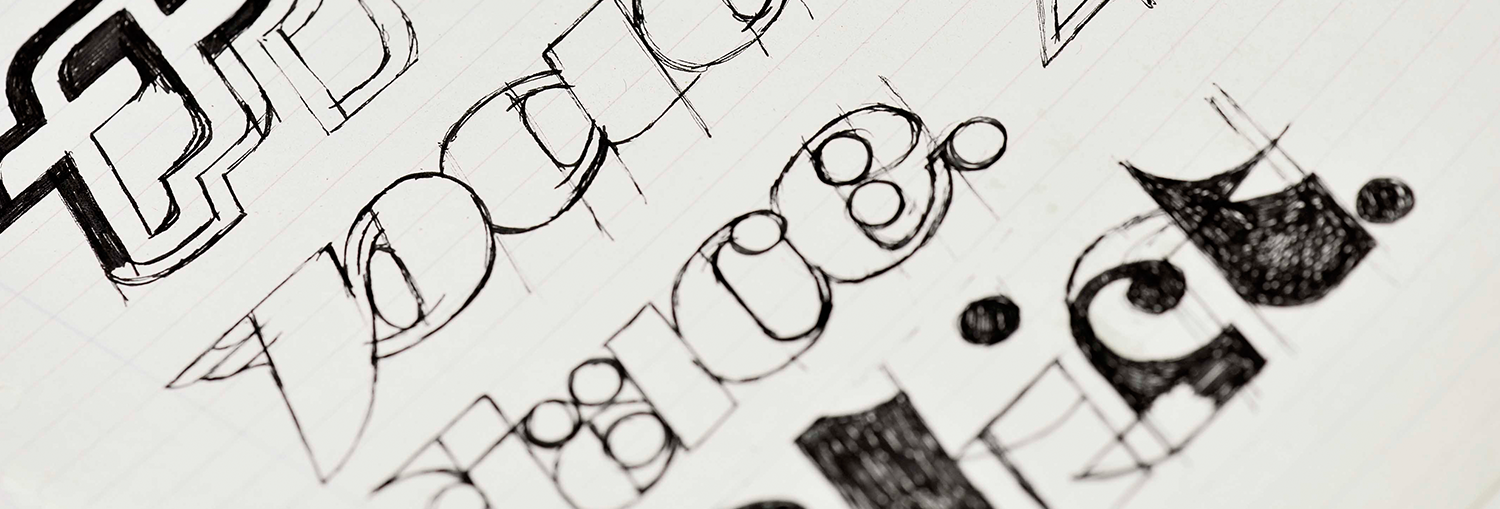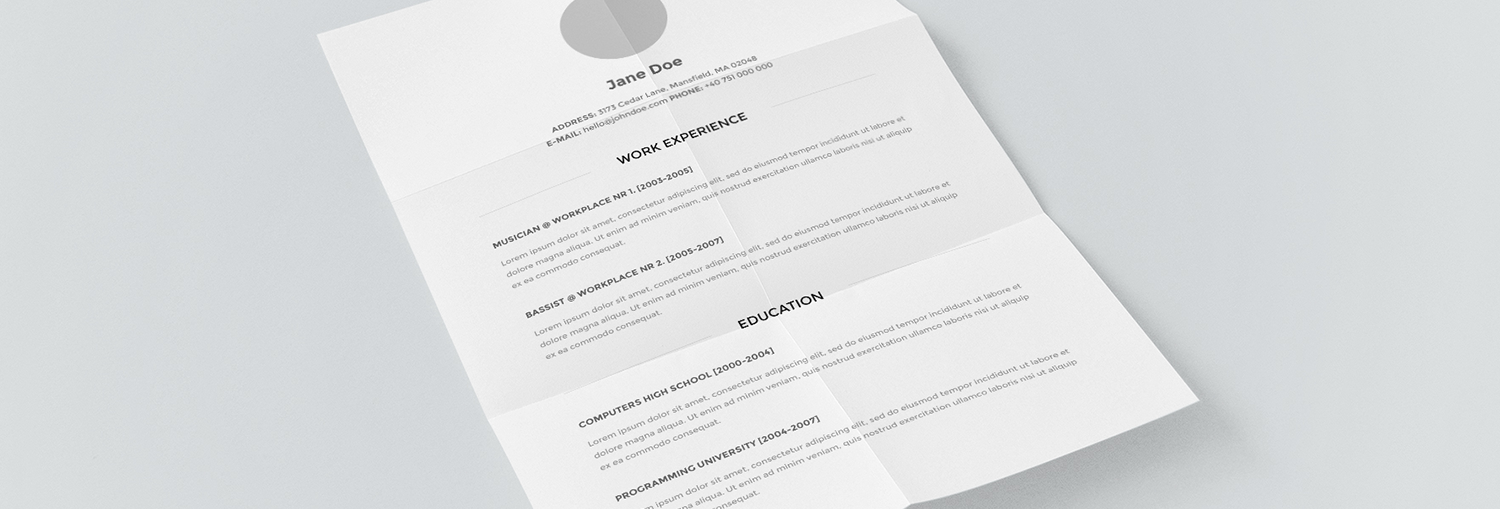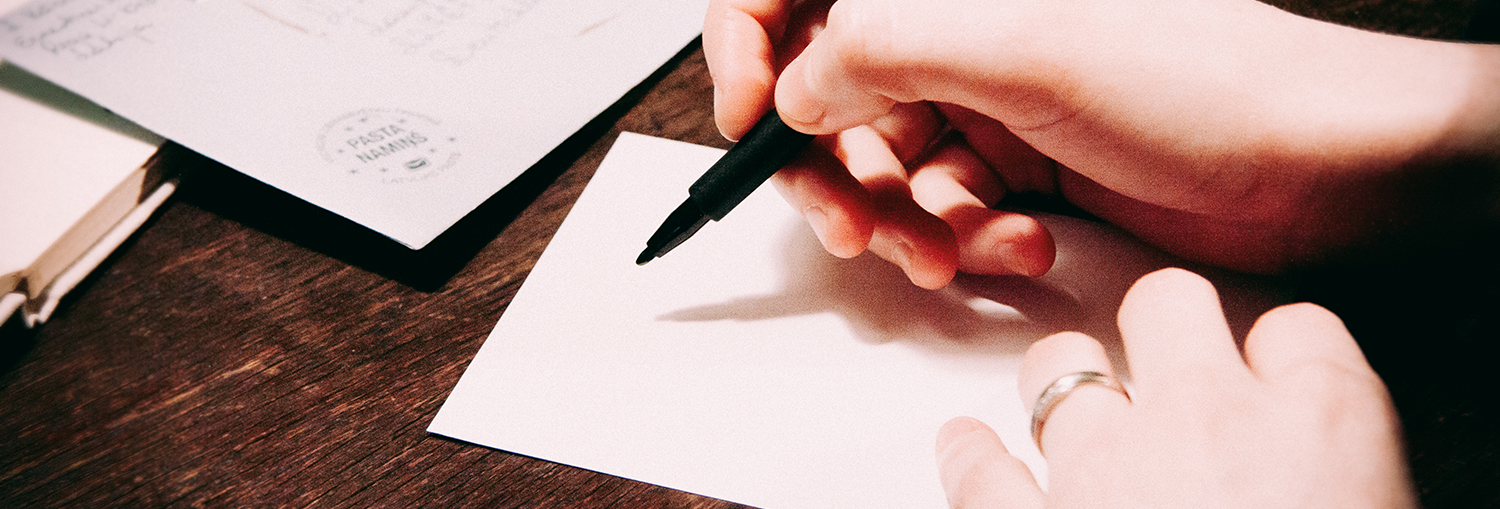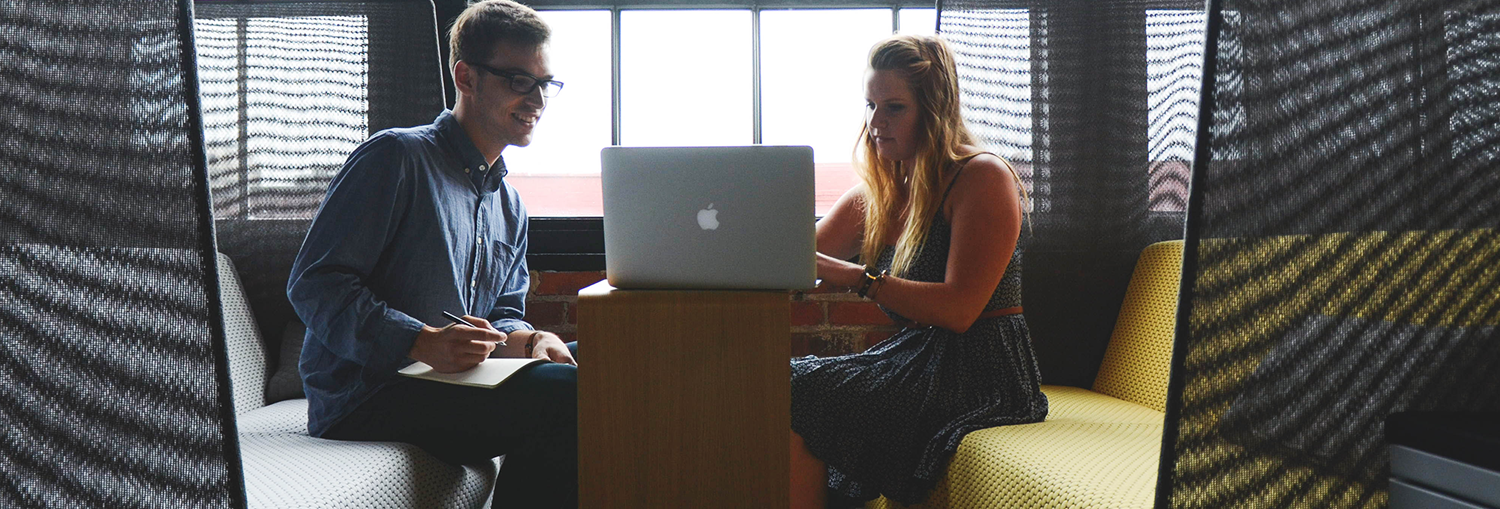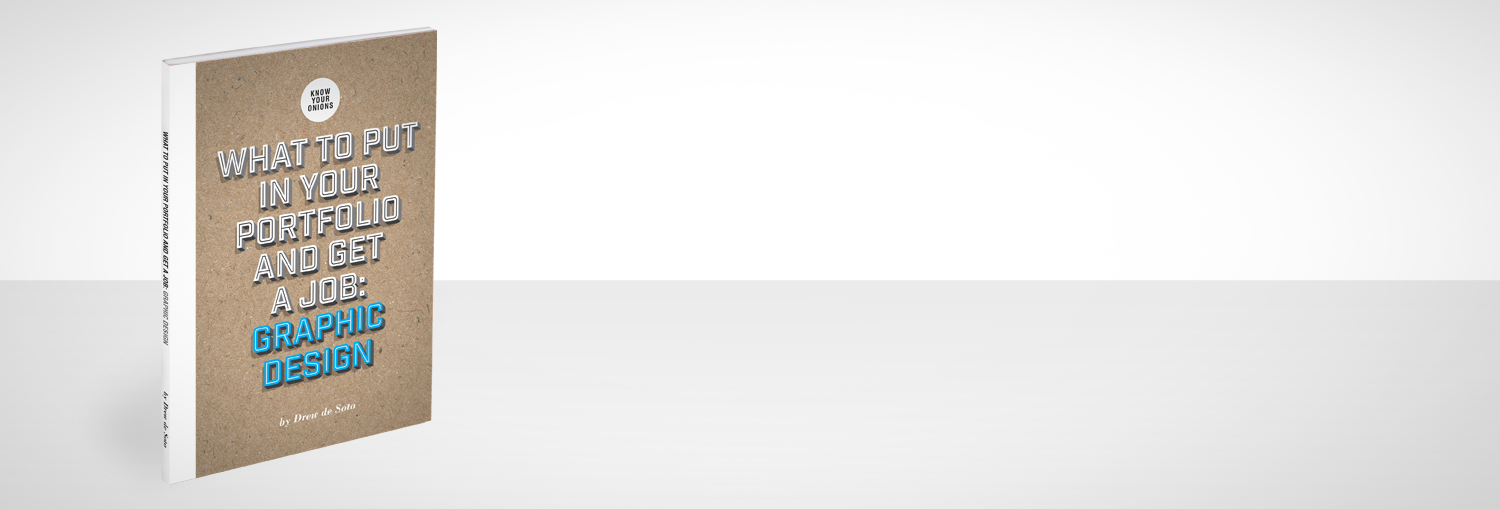First things first, how did you get where you are today?
Well, as you say, first things first. I’m not sure I know where I am today. But I do know the journey I have taken. When I was at school I could draw, so I looked at doing a fine art degree. But it all seemed a bit ‘hippy’ for me, way too many bangles and bad clothes. Everybody smelt of Petulian Oil. So I chose Graphic Design. I could see the link between ‘art’ and the commercial world and I didn’t have to wear bangles.
Design is a process, it goes something like this:
problem/need > idea > development > solution
But how many of us apply a process to this process? Not many I reckon. I've written extensively on process and offered ways of getting you the designer to work in a way that allows maximum creativity in a minimum amount of time (allowing you even more time to be creative). Below is what I think is the best proces to tackle any graphic design project.
There are no guarantees in life, you may have decided where you want to go to university, but they have to agree that they would like you to study there.
As I have mentioned in other posts, I applied a very, very long time ago. So I can in no way say that I am en expert on the selection criteria a university might have. Why not ask them? If you do and they tell you, do me a favour and let me know what they say.
If you have decided to get yourself a design education the most comprehensive way is to go to uni and study graphic design. There are part-time graphic design courses out there, but unless you intend to be a part-time graphic designer (or an evening graphic designer for that matter), the full-time is the way to go.
If you are fresh out of school it may feel like a long time out of your life but trust me, looking back, it is the best time you will ever have. Sure, you won't be the richest person on the planet, but you will have a lot of fun and be as free as a bird.
Good question this. Realistically, I think this may take a few blog posts to give a comprehensive answer to this very broad question. So Part 1 it is, not sure how many parts it will take...
I'm going to assume here that you are at school or college. I do not know may toddlers who have expressed an interest in graphic design, my three year old son will occasionally crayon on the wall, but I see this as tagging rather than any other form of typographic inclination. So let's assume you are at school and thinking a job in graphic design might be for you.
The modern portfolio is presented on a tablet or laptop and is little more than the PDF an applicant sent in with their CV or the website they point employers to.
That's fine, but we are in a creative industry and competition is massive. How could you stand out in a crowd? Could your portfolio be as creative as the work in it? It should be.
If you work in marketing (or PR for that matter) and commission design, you might be missing a trick.
There comes a time to move on and look for a new job. Most people will update their CV and Linkedin profile and be done with it. As I say, you are missing a trick.
I'm fairly sure no potential employer will have strong feelings on what format you show your work. Although from personal experience, if you just load up your website, (we have probably already been through that), what's new to present?
So what options are there? Well, you could show a PDF on your iPad or laptop. Then there is the good old fashioned portfolio with plastic selves and printed sheets. I still quite like that method as I can get up close and interact with it rather than sit through a glorified slide show.
I wrote this for a presentation to international design buyers for the British Council. I think there is some useful stuff in here, I hope you do too.
If you commission any design services for the British Council, take a look at this list of questions below, they may help.
Possibly the worst headline ever written, but I think you will get my jist.
When you start your new job as a graphic designer, web designer or any job in the creative sector, you will usually be on a trial period or sometimes called a probation period. This sounds all very judgmental, but it is fairly standard in every industry.
Personal projects are the perfect opportunity to show you at your most creative. They should be a combination of your personal passion and your beloved career.
Graphic designers are a rare breed. Almost all of them seem to love their job. Maybe not the company they work for necessarily, but the love of being a graphic designer. And that is why so many have personal projects.
Buying print effectively takes years to be honest. Print is a wide spectrum, from a little business card to the hand-bound brochure. Clients rely on your expertise to help them get the best possible job for the best possible price. You have a whole lot of learning to do.
To start with, get to know your paper types and weights. Gloss is the cheapest, silk second, uncoated will give you a nice tactile finish, but images will be darker and the job will take longer to dry.
Work experience in graphic design, in fact any design discipline, is to my mind, vital. Do as much as you can throughout your entire education and make it as varied as you can.
Before I got into university I did two weeks work experience at Thorson's publishing in Wellingborough. This was a far cry from the swanky London agencies I did work experience at later in my 'career'. But it was still useful. My job was to cut the covers of books with the titles '60 ways to improve your caravan' and 'What star sign is your cat?'. I had to stick these covers onto boards (called show cards) in 'a creative way'. Basically in a fan shape. I did this for two weeks. I was pretty good at it in the end. I didn't learn a lot about graphic design, I was in a studio, where real graphic designers were at work. I got to master a scalpel and Spray Mount.
CVs are jolly important if you want to work in administrative jobs. You could argue as I do, that they're less relevant when applying for a job in the creative industries. But they are still important.
Below are a few pointers to help you get your CV into shape. It does not matter if you are applying for a job in graphic design, as a web designer or in any other creative role. Us, as employers, look for the same things in a CV.
More and more agencies, whether that is web design or graphic design agencies, are waking up to the opportunities of apprenticeships. But as I write, it seems the vast majority of roles are in the administrative or project management roles.
Things will change, slowly but surely.
It may seem obvious but an apprenticeship in graphic design is a very different career path than the typical route of going to university and applying for a job as a junior graphic designer.
Whilst apprenticeships are not a new idea, they have been around for yonks. The Victorians were big on apprenticeships and you can read horror stories of poor little Timmy working for 16 years apprenticed to some slave driver and his mean wife. Things have moved on.
The Graphic Design industry is very competitive. Being creative just isn't enough. Here's the top ten things to help you get started in your career as a Graphic Designer. I've assumed, dear reader, that you are about to graduate or have graduated from University and you are getting your portfolio together and looking for a job. This article focuses on your portfolio.

